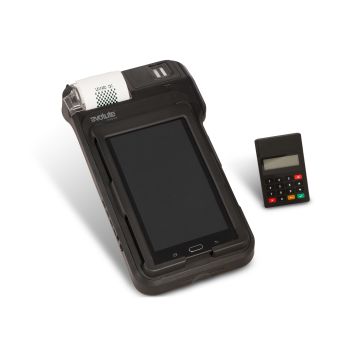Oct 23, 2018 Download Evolute RD Service APK 1.0.2.5 for Android. RD Application for Evolute FPS Integrated Devices for Aadhaar based operations. Evolute-pt / dbtransfer. Watch 8 Star 37 Fork 15. Optionally add oracle driver to maven build file, Jun 26, 2014. Devel diff, Jan 27, 2021. Download Drivers of RD Service Online for Biometric Devices Morpho, Mantra, Startek, Secugen, Cogent, Nitgen used in AE BAS attendance recharge support for CSC VLE Free. Download Broadcom WLAN 4318 Driver 4.102.15.56.zip for Windows to net driver. Evolute Systems Pvt. Evolute Systems Pvt. Evolute Systems Pvt. Evolute Systems Pvt. Proprietary & Confidential Proprietary & Confidential Proprietary & Confidential Proprietary & Confidential IMPRESS User Manual.

(Last updated July 24, 2012)
Given a smooth curve, let P be a point on the curve where the curvature k is not zero, and draw the normal toward the concave side of the curve. Every circle with its center on this normal line that passes through P will be tangent to the curve at P. That particular circle whose curvature is equal to |k| is called the circle of curvature (or osculating circle). Also, the center C of this circle is called the center of curvature. See below for three osculating circles (circles of best fit).
 As P moves along the given curve, the locus of the corresponding center of curvature C is called the evolute of the given curve. Looking at The MacTutor History of Mathematics archive's Famous Curves Index shows pictures of the evolute with each given curve, and also gives a general description of the evolute's equation for most curves. Also, here's a picture of FOUND MATH: A road sign in Japan warns drivers to be careful while navigating a particularly hazardous osculating circle along the curve.
As P moves along the given curve, the locus of the corresponding center of curvature C is called the evolute of the given curve. Looking at The MacTutor History of Mathematics archive's Famous Curves Index shows pictures of the evolute with each given curve, and also gives a general description of the evolute's equation for most curves. Also, here's a picture of FOUND MATH: A road sign in Japan warns drivers to be careful while navigating a particularly hazardous osculating circle along the curve.One way to get the curvature κ(x) is to consider the angle, θ, the tangent line makes with a horizontal line. Then the curvature is the rate that angle is changing as you move along the curve. That is, κ = dθ/ds where tan(θ) = dy/dx = f '(x), so θ = arctan[f '(x)] and dθ/dx = f '(x)/[1 + f '(x)2]. Also, ds = sqrt[1 + f '(x)2] dx, so κ = dθ/ds = dθ/dx*dx/ds = f '(x)/[1 + f '(x)2]3/2.
See more details here: curvature.pdf (similar details: curvature0.pdf)
Another way to get the center of the circle of best fit for a given curve at a given point is as the limit of the intersections of normal lines. That is, for a given graph and a given point, plot the normal line at the given point. Then solving for the intersection of the normal lines at nearby points, in the limit as the points approach the given point converge to the center of the circle of best fit. The following help visualize those ideas: curvature1.pdf and curvature2.pdf (still works in progress).
Graph of the ellipse x(t) = acos(t), ..y(t) = bsin(t), and its evolute:
x(t) = (a² - b²)/a×cos³(t), ..y(t) = (a² - b²)/b×sin³(t) with a =5 and b =3.
 ) = ab/(a²sin²(t) + b²cos²(t))3/2
) = ab/(a²sin²(t) + b²cos²(t))3/2See the Animated evolute of the ellipse.

The exponential curve ex = exp(x): x(t) = t, ..y(t) = exp(t),
and its evolute: x(t) = t - 1 - exp(2t), ..y(t) = exp(t + 2cosh(t) is shown below. Actually, only a portion of the evolute is shown, because this graph is unbounded.
Graph of the radius of curvature, where r(t) =1/k
 (t). Finding where the maximum curvature occurs: max_curvature.pdf
(t). Finding where the maximum curvature occurs: max_curvature.pdfSee the Animated evolute of the exponential curve.
(Only a portion of the evolute is shown, since the graph of the curve is unbounded.)
Evolute Driver Speed
You can goMore evolutes
